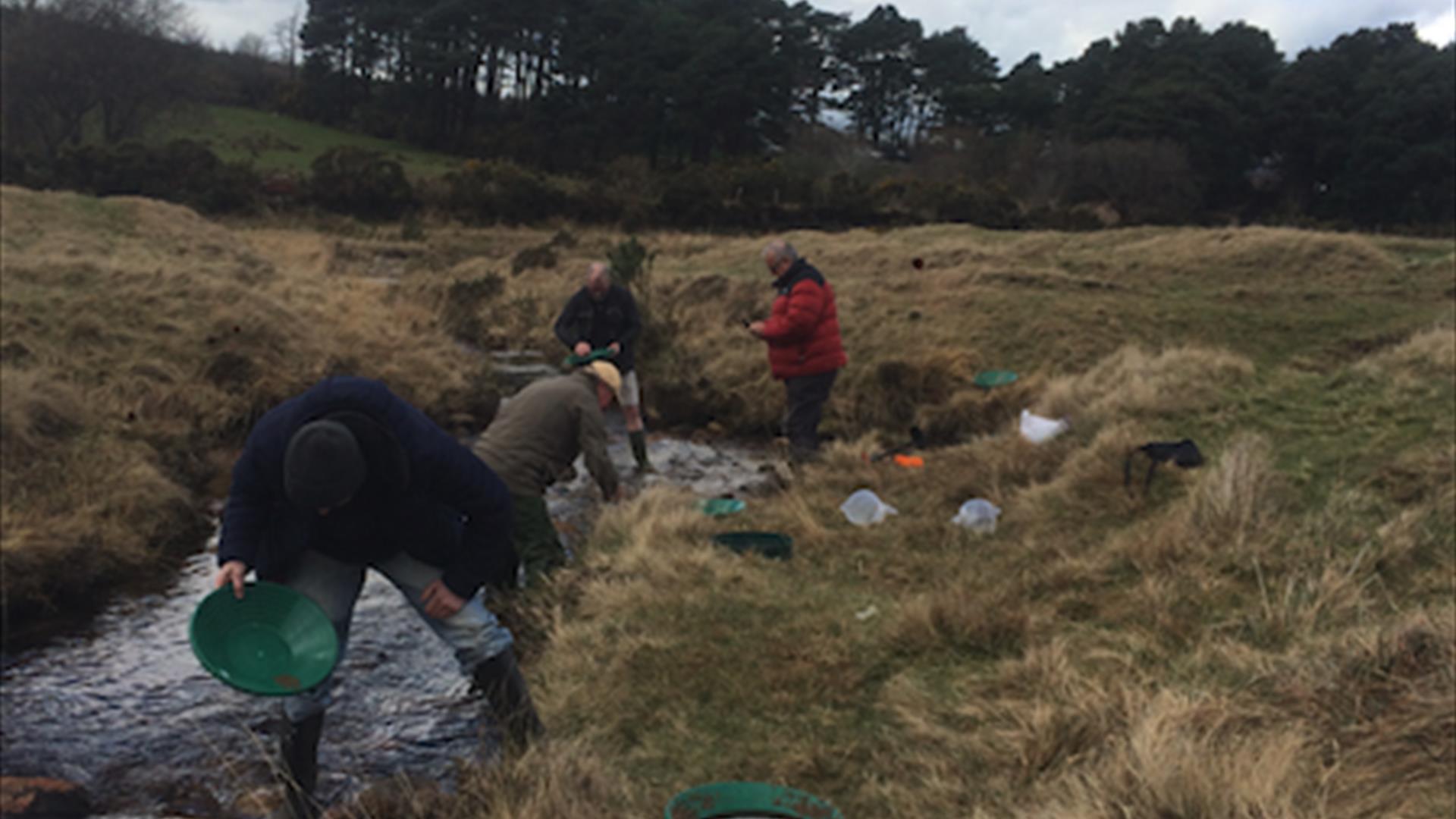Book Tickets Online
About
Ireland is famed for its Gold Archaeological Artefacts, with many housed in the Gold Collection of the National Museum of Ireland. Indeed, of the 100 or so Lunula found in Europe, 80 have been found in Ireland.
Lunulae are a crescent moon shaped neck collar.
The big question is, where did all this gold come from? The National Museum of Ireland states, 'The sites most likely to have been recognised and exploited by prehistoric people are alluvial deposits from rivers and streams. This 'placer' gold is weathered out from parent rock and can be recovered using simple techniques such as panning.'
One piece of research in 2009 came out definitively stating "It is a great satisfaction to be able to suggest, with solid evidence, that the Irish early Bronze Age ornaments were not only made of Irish gold but probably of gold from Co Down's Mourne Mountains,"
This research was based on looking on the percentage of impurities, silver, and copper, in the gold items and comparing it to all the other gold sources in Ireland and their respective level of impurities. The correlation with the Gold Artefacts and gold the researchers had panned from the Mourne Rivers was strong enough for them to be as strident as they were in their conclusion, but as often stated "Correlation is not Causation"
What makes this an even greater story is that subsequent research by the University of Southampton in 2015 suggests that few if any of the Irish Gold Artefacts are made from Irish Gold and most probably the gold came from Cornwall. This research is based on an analysis of a Lead Isotope in the gold, a bit like a signature that each piece of gold has.
This experience is to tell the story of this geological debate and to go and look for the gold in the Mourne rivers, in particular the Carcullion, the Leitrim, the Rocky Rivers and the River Bann just below Spelga Dam.
Book Tickets
Facilities
Event Facilities
- Booking Required
Parking & Transport
- On site parking














